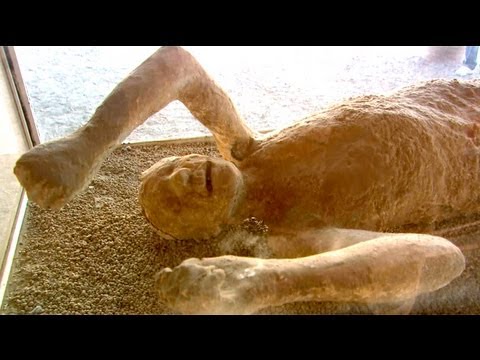
Nestled in the shadow of Mount Vesuvius, Pompeii stands as one of the most compelling archaeological sites in Italy, if not the world. This ancient Roman city was frozen in time by the catastrophic eruption in 79 AD, which buried it under a thick carpet of volcanic ash. Today, thanks to meticulous excavation efforts, Pompeii offers an unrivaled window into daily life in Ancient Rome, and through this Rick Steves Europe Travel Guide Travel Bite, we dive into what makes this site so fascinating and how best to explore it.
#### Uncovering History
Pompeii’s history is both rich and tragic. Once a thriving commercial port boasting approximately 20,000 residents, life in Pompeii came to an abrupt halt when Vesuvius erupted. What remained after the disaster was a city paused—streets mid-market day, households mid-meal, and citizens eternally captured in their final moments. The layers of ash and pumice preserved it all: structures, artifacts, and even human remains which provide poignant insights into Roman life.
#### What to See in Pompeii
Exploring Pompeii can feel overwhelming due to its size and the depth of its treasures. A Rick Steves guided tour approach helps focus on not just seeing but understanding what you’re looking at. Here are some must-visit spots:
– **The Forum**: As the civic heart of any Roman town, Pompeii’s Forum boasts impressive ruins and provides insights into political and social gatherings during Roman times.
– **The Amphitheatre**: Built around 70 B.C., this is the oldest surviving Roman amphitheater. It predates Rome’s Colosseum by about a century and could hold about 20,000 spectators.
– **The Villa of Mysteries**: A short walk outside the main city walls leads you to this well-preserved villa famous for its intricate frescoes that remain vividly colorful nearly two millennia later.
– **The Lupanar**: Understand more about social norms through Pompeii’s largest brothel adorned with explicit frescoes that served as a “menu” for clients.
– **Stabian Baths**: One of several public bath complexes within the city where citizens would not only bathe but socialize.
#### Visitor Tips
To get the most out of your visit:
1. **Get there early** or late in the day to avoid crowds.
2. **Wear comfortable walking shoes**; terrain can be uneven with cobblestone streets.
3. Consider hiring a **licensed guide** or carry along a detailed guidebook like those provided by Rick Steves to enrich your historical understanding.
#### Preserving for Posterity
Preservation efforts are constant at Pompeii due to threats from weathering natural wear over time and recent incidents like flooding or structural collapses. As visitors explore these ancient streets and buildings, respecting site rules is crucial for preserving them for future generations.
#### Beyond Just Ruins
Pompeii isn’t just a tale of destruction; it’s also a story about rediscovery and resilience that continues to inspire countless visitors each year. The ongoing excavations continually offer new discoveries that provide further insights into our collective past.
### Conclusion
Pompeii offers more than just a glimpse into ancient life; it immerses you deeply into how Romans lived, worked, socialized—and even perished—making it an essential destination for history buffs travelling with Rick Steves Europe or anyone interested in humanity’s multifaceted historical tapestry.
Whether you’re following a Rick Steves itinerary or striking out on your own adventurous timeline through Europe’s rich historical landscapes, Pompeii remains one of those timeless journeys back into another age—a true window on Ancient Rome preserved for modern eyes.
